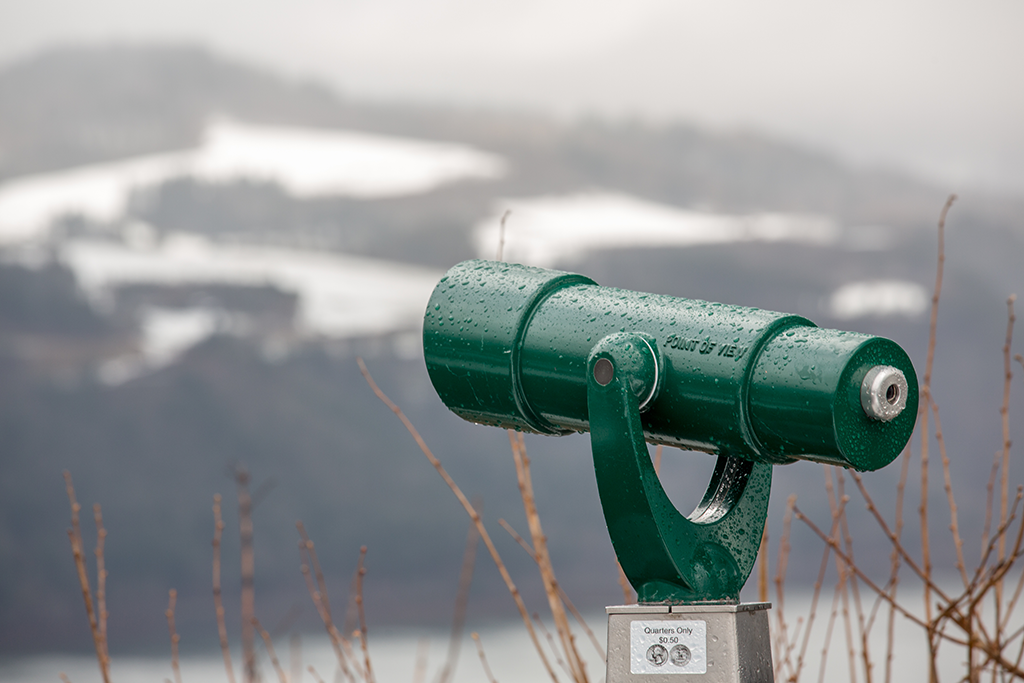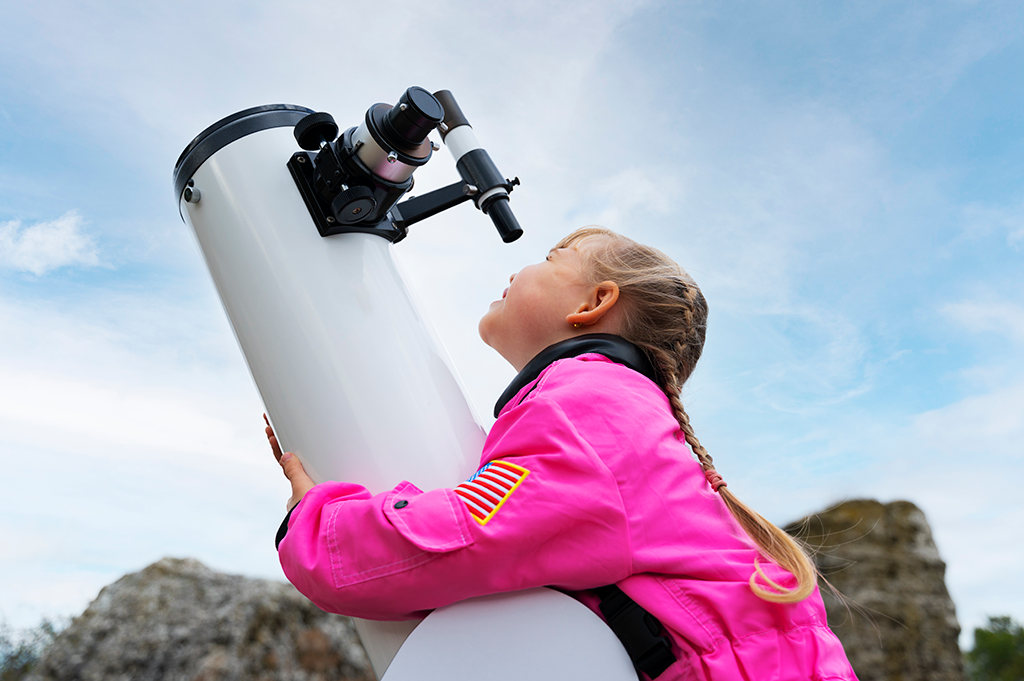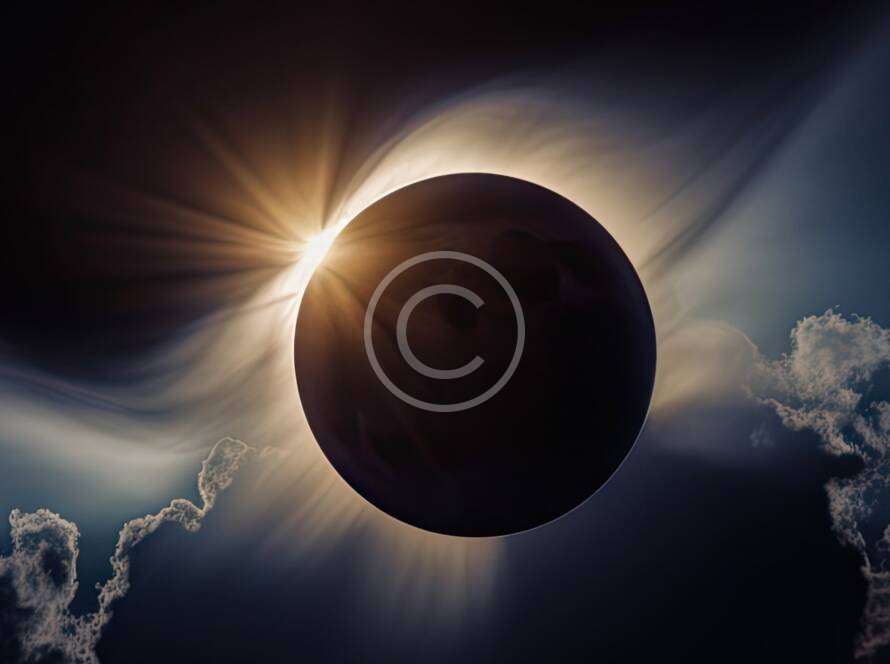Choosing your first big telescope can be one of the most exciting endeavors for aspiring astronomer. Whether you are a stargazing enthusiast or interested in astrophotography, the right telescope can significantly enhance your celestial observations. However, navigating the vast array of options available on the market can be overwhelming. In this guide, we will walk you through essential considerations, key features, types of telescopes, and tips to ensure you make an informed choice.


Why Invest in a Telescope?
Investing in a telescope opens up a fascinating world of exploration. With the right equipment, you can observe planets, stars, galaxies, and nebulae, bringing the universe closer to you. A big telescope not only offers greater light-gathering power but also allows for more detailed images and improved clarity.
1. Understand Your Viewing Goals
Before purchasing a telescope, clearly define what you hope to observe. Different telescopes are designed for specific purposes, such as:
- Planetary Observing: Ideal for viewing details of planets, such as Saturn’s rings or Jupiter’s moons.
- Deep Sky Observing: Best for viewing distant galaxies, star clusters, and nebulae.
- Astrophotography: If you intend to capture images of celestial objects, consider a telescope compatible with cameras and imaging equipment.
Consider Your Location
Your observing location also plays a crucial role. If you reside in an urban area with light pollution, you may require a telescope with larger aperture capabilities to capture fainter objects more effectively. Conversely, if you have access to dark skies, you can explore a broader range of celestial phenomena.
2. Key Features to Consider
When choosing your first big telescope, there are several critical features to consider:
Aperture Size
The aperture is the diameter of the telescope’s main lens or mirror. A larger aperture gathers more light, allowing for better visibility of faint objects. Common sizes for beginners range from 4 inches to 10 inches. Here’s a quick breakdown of what to expect with different apertures:
- 4-6 inches: Great for lunar and planetary viewing, with capability for some deep-sky objects.
- 8 inches: A versatile size that allows for excellent detail and a wide range of observations.
- 10 inches or larger: Provides superior light-gathering power, ideal for deep-sky observing, but may require more effort to transport and set up.
Mount Type
The telescope mount is just as important as the optical design. There are three main types of mounts:
- Altitude-Azimuth (Alt-Az): Moves up and down and side to side. User-friendly and intuitive, better for visual observation.
- Equatorial: Aligned with Earth’s axis, beneficial for tracking celestial objects as they move across the sky. Essential for astrophotography.
- GoTo Mount: Equipped with computer controls to automatically locate celestial bodies. Excellent for beginners who want ease of use.
Optical Design
Telescopes come in various optical designs, each with pros and cons:
- Refractors: Use lenses; excellent for planetary and lunar viewing but more expensive for larger apertures.
- Reflectors: Use mirrors; offer larger apertures at lower costs, ideal for deep-sky objects.
- Compound Telescopes (Catadioptrics): Combine lenses and mirrors; versatile and compact, suited for a variety of observing needs.
Build Quality and Portability
Ensure you choose a telescope made of high-quality materials, as flimsy construction can affect stability and longevity. Consider your ability to transport the telescope. While larger telescopes gather more light, they can also be heavy and cumbersome. If portability is a concern, you might want to strike a balance between size and weight.
3. Budget and Investment
Budgets for telescopes can vary widely, from a few hundred to several thousand dollars. When determining your budget, consider the following:
- Entry-Level Options: For beginners, a decent quality telescope typically ranges from $200 to $600. These usually include smaller refractors or 6-8 inch reflectors.
- Mid-Range Choices: Expect to spend between $600 to $1,500 for larger reflectors, compound telescopes, or specialized equipment suitable for astrophotography.
- High-End Telescopes: Prices above $1,500 often include advanced models with enhanced features and larger apertures, usually for dedicated astrophotographers or serious amateurs.
Additional Costs
Remember to account for necessary accessories such as:
- Eyepieces: Different eyepieces can offer varying magnifications. Consider purchasing a few to enhance your viewing experience.
- Filters: Helpful for improving contrast and detail when viewing certain objects.
- Star Charts or Apps: Essential for locating celestial objects in the night sky.

4. Read Reviews and Get Recommendations
Before settling on a telescope, take the time to read reviews and seek recommendations from fellow astronomy enthusiasts. Websites, forums, and local astronomy clubs provide valuable insights into the performance of specific models and brands. Consider focusing on reputable brands known for quality and customer service, such as Celestron, Meade, and Orion.
Connect with Community
Engaging with the astronomy community can be beneficial. Social media groups, online forums, and local astronomy clubs can provide firsthand experiences, advice, and insider tips. Members often welcome newcomers, share observing spots, and even host star parties, allowing you to try different telescopes before investing in your own.
5. Test Before You Buy
If possible, visit local astronomy stores or club events to test various telescopes. Hands-on experience will help you determine which telescope feels comfortable for you, making it easier to operate and transport.
6. Take the Plunge
Once you’ve done your research and selected the right model, it’s time to make your purchase! Remember to keep an open mind and be patient as you learn to use your new telescope. Astronomy is a vast field, and mastering your instrument takes practice.
Conclusion
Choosing your first big telescope can be a thrilling adventure filled with discovery and learning. By understanding your goals, considering essential features, sticking to your budget, communicating with the community, and gaining hands-on experience, you can select a telescope that will serve you well for years to come. Remember that the joy of astronomy lies not just in the equipment you possess but in the journey of exploration and wonder as you peer into the cosmos.
For more information on telescopes and astronomy, consider visiting Sky & Telescope, where you’ll find an array of resources to enhance your stargazing experience!



